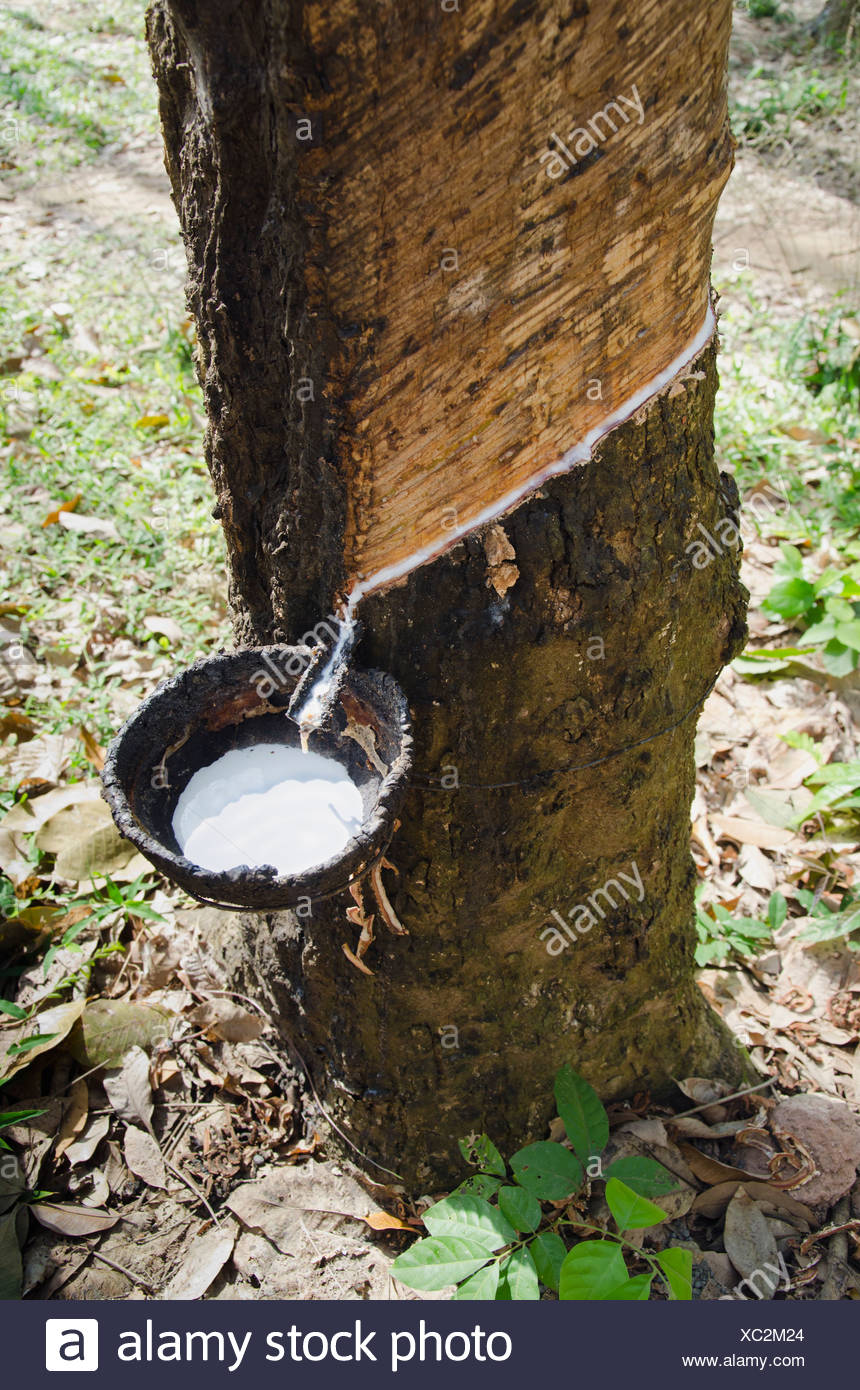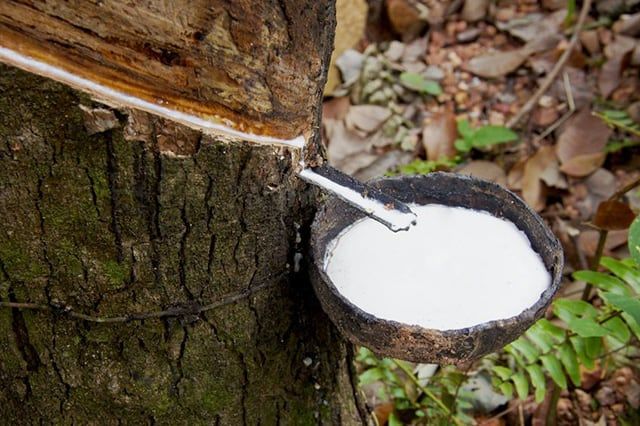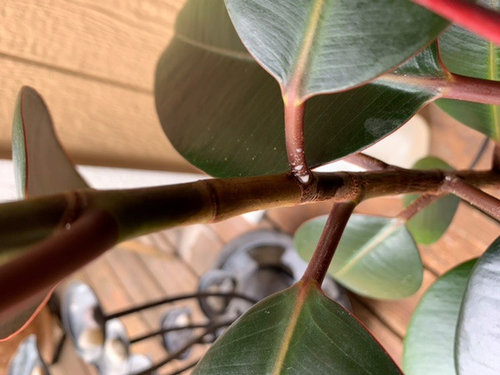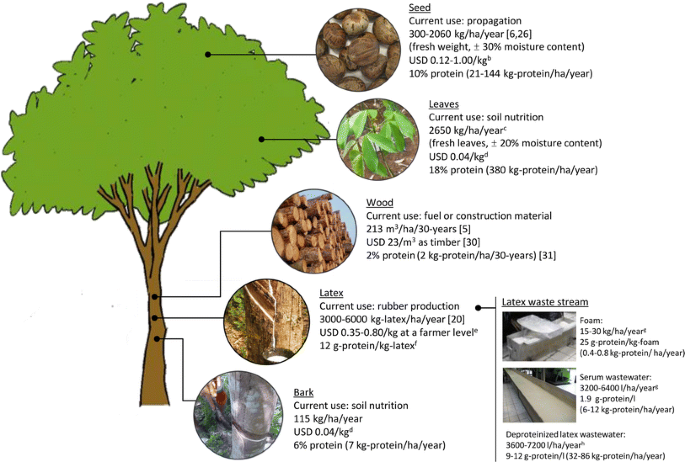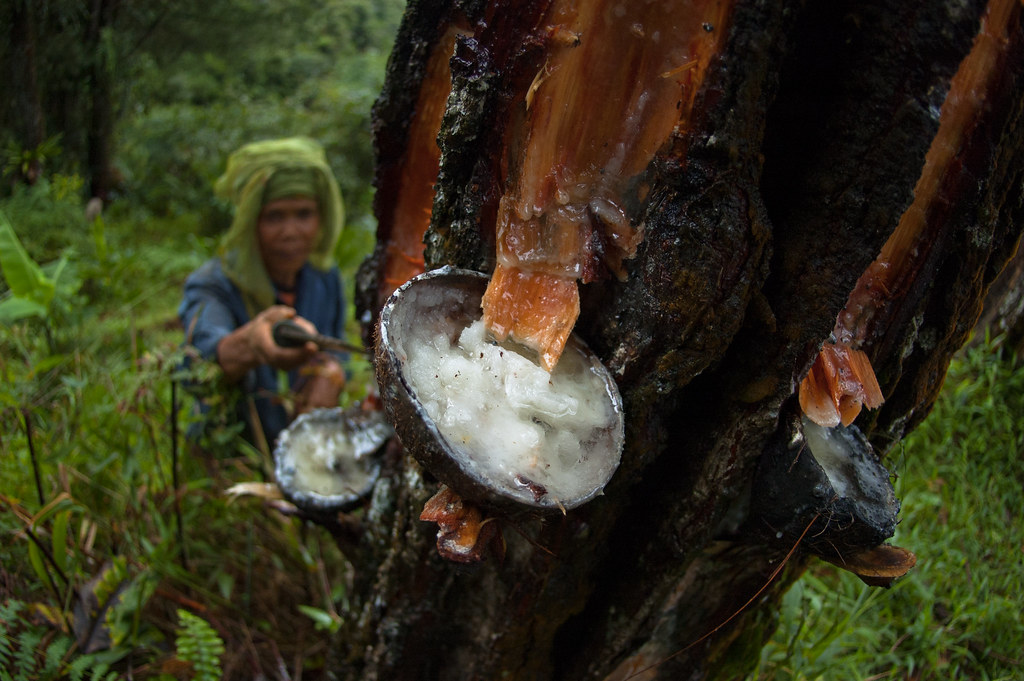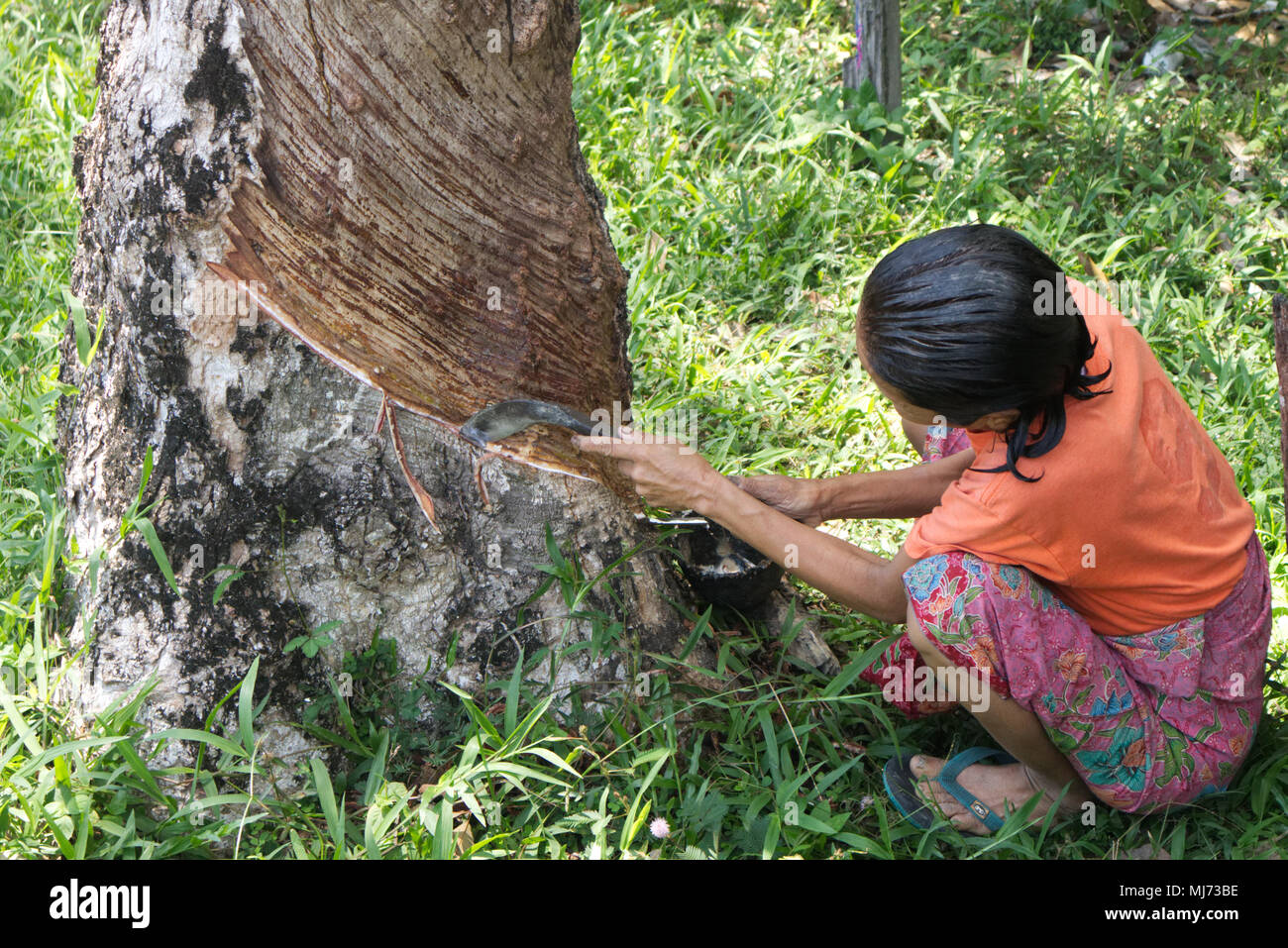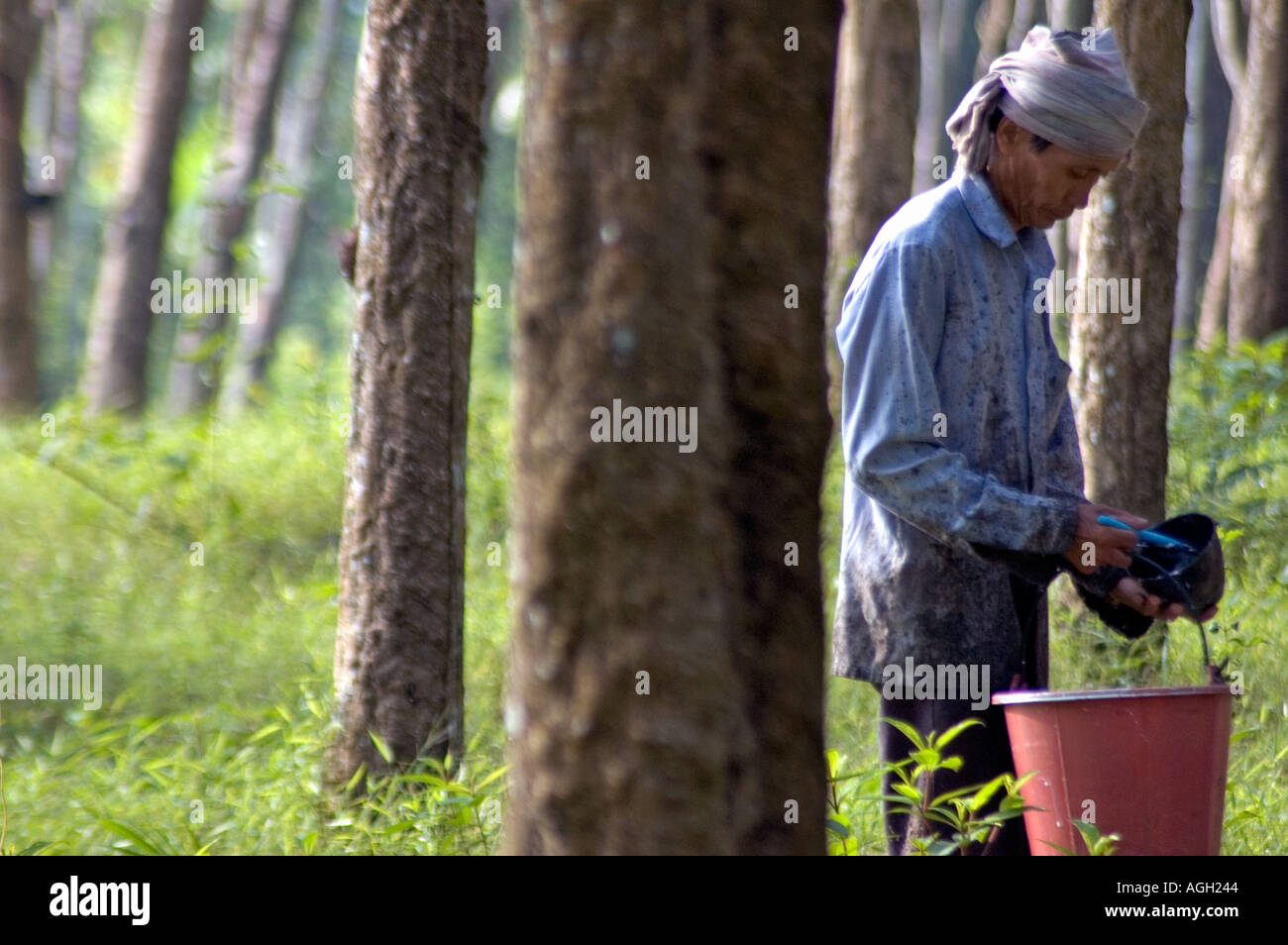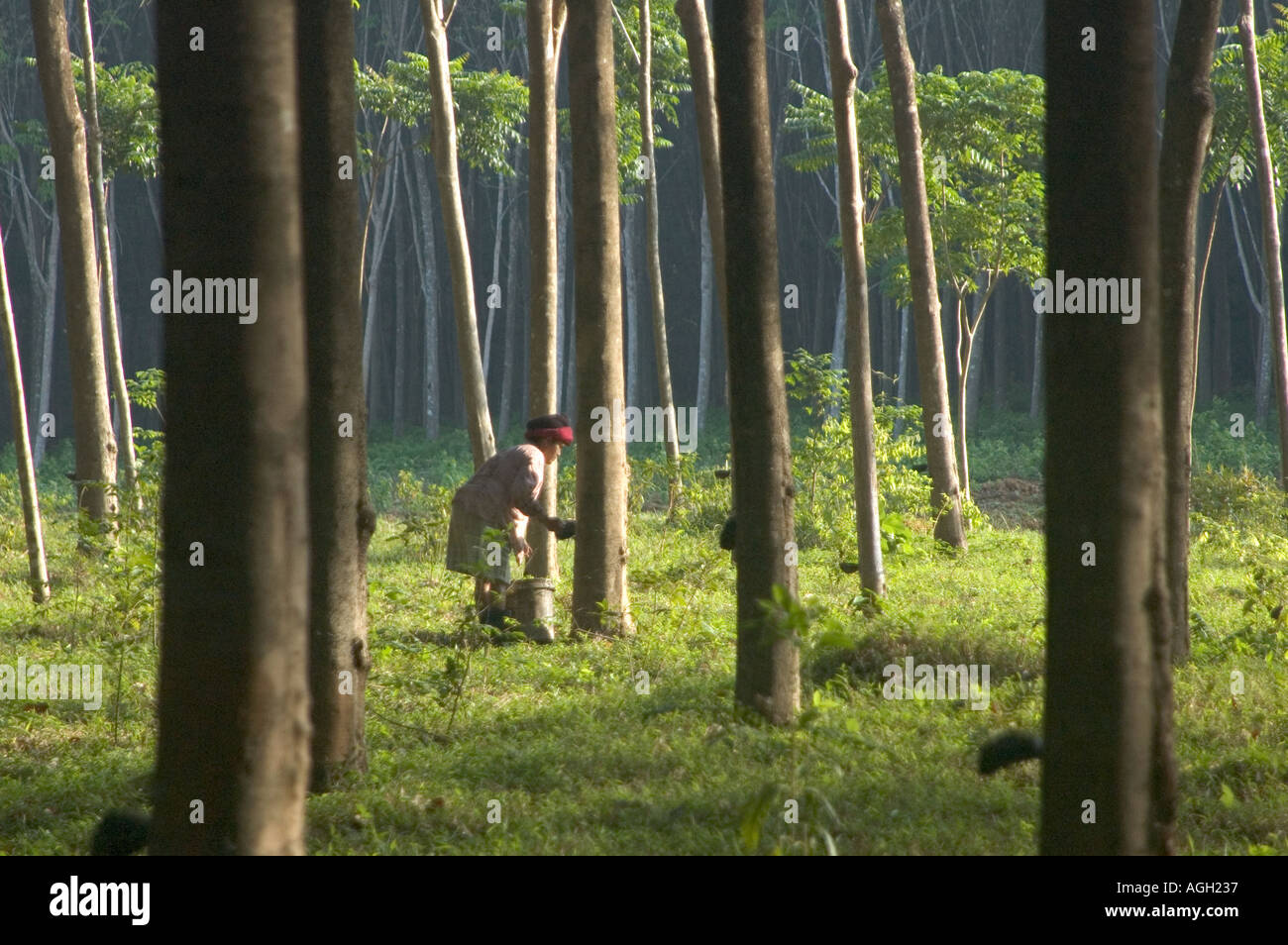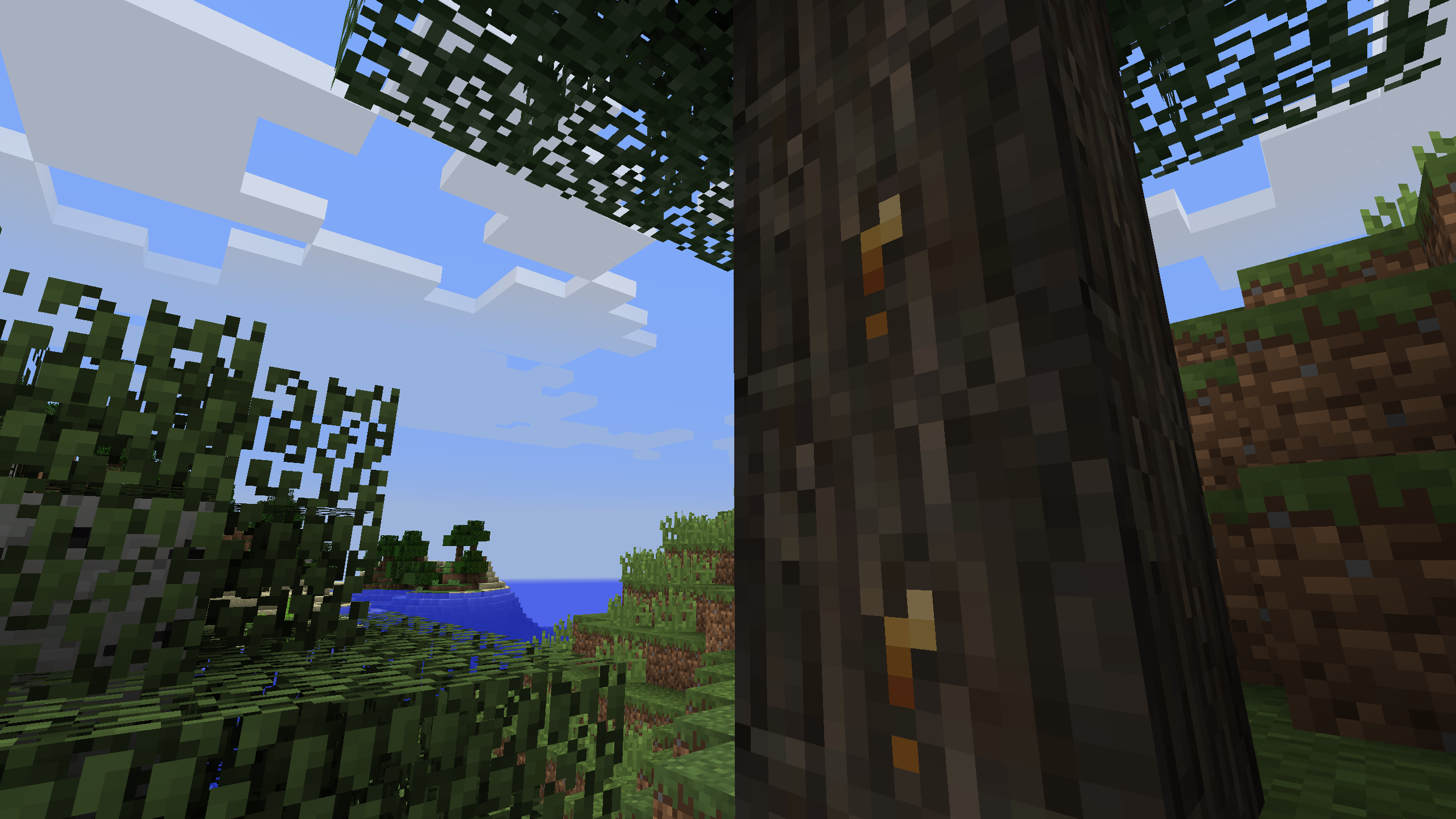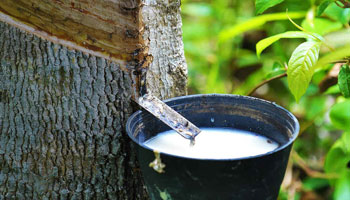Uses Rubber Tree Sap

Ficus elastica is a rubber plant more commonly used for natural rubber production in the home.
Uses rubber tree sap. Do not heat the pine sap directly over a flame because it. In the wild the rubber tree will grow to heights of 100 to 130 feet and can live up to 100 years. Chemicals are added to this sap or liquid natural latex to stiffen the final product. Or wound in a tree and the pressure will push the sap out where it can be collected.
Leaking sap on the bark can be a sign of disease pests or damage. The resin exuded from trees to make latex is a defense. The fruit leaves and root are used to make medicine. Natural rubber used at stern rubber company is made from a natural source as it is tree sap.
The aforementioned uses of tree sap are undoubtedly positive. Using a double boiler heat the sap into a liquid. Did you know that the latex used to make natural rubber is actually tree sap. In 2014 the sap is used to process rubber for a variety of uses.
Natural rubber is made from the sap collected from some trees commonly rubber plants hevea brasiliensis. It apparently also works well for healing eczema. Natural rubber which is also referred to as india rubber or. In addition to being antiseptic pine sap is also anti inflammatory and its stickiness helps it close wounds.
Often the reason we encounter sap on the outside of a tree is because something is wrong. They used the sap to make rubber balls to waterproof their clothing and to make their own shoes and shoe soles. The fruit is commonly eaten. Natural rubber also called india rubber latex amazonian rubber caucho or caoutchouc as initially produced consists of polymers of the organic compound isoprene with minor impurities of other organic compounds plus water thailand and indonesia are two of the leading rubber producers.
Overview information fig is a tree. A common pest that causes damage to trees and forces. Types of polyisoprene that are used as natural rubbers are classified as elastomers. A rubber tree also referred to as rubberwood can be tapped for latex once it reaches approximately six years of age.
Its most famous feature is the milky white sap known as latex which flows freely from the tree when a sliver of bark is removed. Many consumers think that all rubber is associated with natural rubber but natural rubber is only one type of rubber which includes different synthetic rubbers like epdm silicone polychloroprene flourocarbon butyl sbr and nitrile. If you cut into the bark of the hevea brasiliensis or one of the many other types of rubber trees you can collect the latex in a bucket and give objects a simple rubber coating. However our other interactions with it might not be so much fun.
Rubber trees were first discovered by the olmec maya and aztec people. People use fig fruit for conditions such as constipation and diarrhea.














